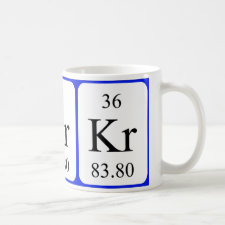
Authors: Mehta R, van Beek TA, Tetala KKR
Article Title: A micro-solid phase extraction device to prepare a molecularly imprinted porous monolith in a facile mode for fast protein separation.
Publication date: 2020
Journal: Journal of Chromatography A
Volume: 1627
Article Number: 461415.
DOI: 10.1016/j.chroma.2020.461415
Alternative URL: https://www.sciencedirect.com/science/article/pii/S0021967320306919
Abstract: A molecularly imprinted polymeric monolith was synthesized in an aqueous environment in 15 min via UV-irradiation. The imprinted monolith was composed of hydroxyethyl methacrylate as monomer, dimethyl amino ethyl methacrylate as functional monomer, methylene bisacrylamide and piperazine diacrylamide as crosslinkers and human serum albumin as template molecule. The synthesis took place in a PDMS-based device (2.5 cm long) yielding a micro-solid phase extraction column (3 x 5 mm) with two built-in fingertight connectors for an infusion pump and fraction collector. The imprinted monolith displayed the characteristic features of a porous polymeric monolith, had dimethyl amino ethyl methacrylate and human serum albumin as functional groups within the monolith and showed high permeability (0.51 × 10-13 m2). 85% of the imprinted cavities were readily available for rebinding of human serum albumin with an imprinting factor of 1.3. In comparison to a non-imprinted monolith, molecular imprinting increased human serum albumin adsorption by > 30%. Imprinted monolith displayed selectivity for human serum albumin over other competing proteins (human transferrin, ovalbumin and carbonic anhydrase) with similar or different isoelectric points and size. Human serum albumin was adsorbed (in dynamic mode) with > 98% selectivity from diluted human plasma using the imprinted monolith device. Device to device reproducibility and reusability of the device for 5 cycles showcase the imprinted monolith micro-device efficiency
Template and target information: protein, human serum albumin, HSA
Author keywords: Molecularly imprinted polymeric monolith, human serum albumin, polydimethylsiloxane, Micro-solid phase extraction device, human plasma



Join the Society for Molecular Imprinting

New items RSS feed
Sign-up for e-mail updates:
Choose between receiving an occasional newsletter or more frequent e-mail alerts.
Click here to go to the sign-up page.
Is your name elemental or peptidic? Enter your name and find out by clicking either of the buttons below!
Other products you may like:
 MIPdatabase
MIPdatabase









